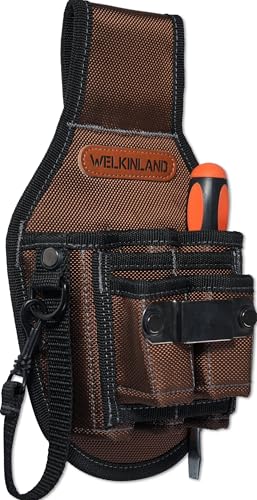I had a long running issue in my 2012 Imiev where cell 88 voltage started to creep up compaired to the rest of the pack. This offset wasn’t changing under load therefore I deducted that the problem is CMU12 and not the cell itself.
I have replaced the LTC chip on the very same board before so I knew the work involved but have no longer access to a lift and therefore put off the repair. The issue has affected winter range significantly as cell 88 stops the charging process way ahead of the other cells.
Encouraged by @pievs post using a CAN ‘man in the middle approach’ to correct a faulty temperature reading, I used the same approach to correct the voltage accordingly and got my range back.
https://myimiev.com/threads/main-traction-battery-upgrade-i-miev.5458/
In theory this method could also be used to ‘fool’ the BMU to work with NMC cells however correcting SOC on the BMU/EVECU side of the CAN bus seems to be a better option.
It’s also worth mentioning that later I-MIEV versions (2015 onwards??) have the BMU moved from under the bench into the main battery pack..
I have replaced the LTC chip on the very same board before so I knew the work involved but have no longer access to a lift and therefore put off the repair. The issue has affected winter range significantly as cell 88 stops the charging process way ahead of the other cells.
Encouraged by @pievs post using a CAN ‘man in the middle approach’ to correct a faulty temperature reading, I used the same approach to correct the voltage accordingly and got my range back.
https://myimiev.com/threads/main-traction-battery-upgrade-i-miev.5458/
In theory this method could also be used to ‘fool’ the BMU to work with NMC cells however correcting SOC on the BMU/EVECU side of the CAN bus seems to be a better option.
It’s also worth mentioning that later I-MIEV versions (2015 onwards??) have the BMU moved from under the bench into the main battery pack..

































